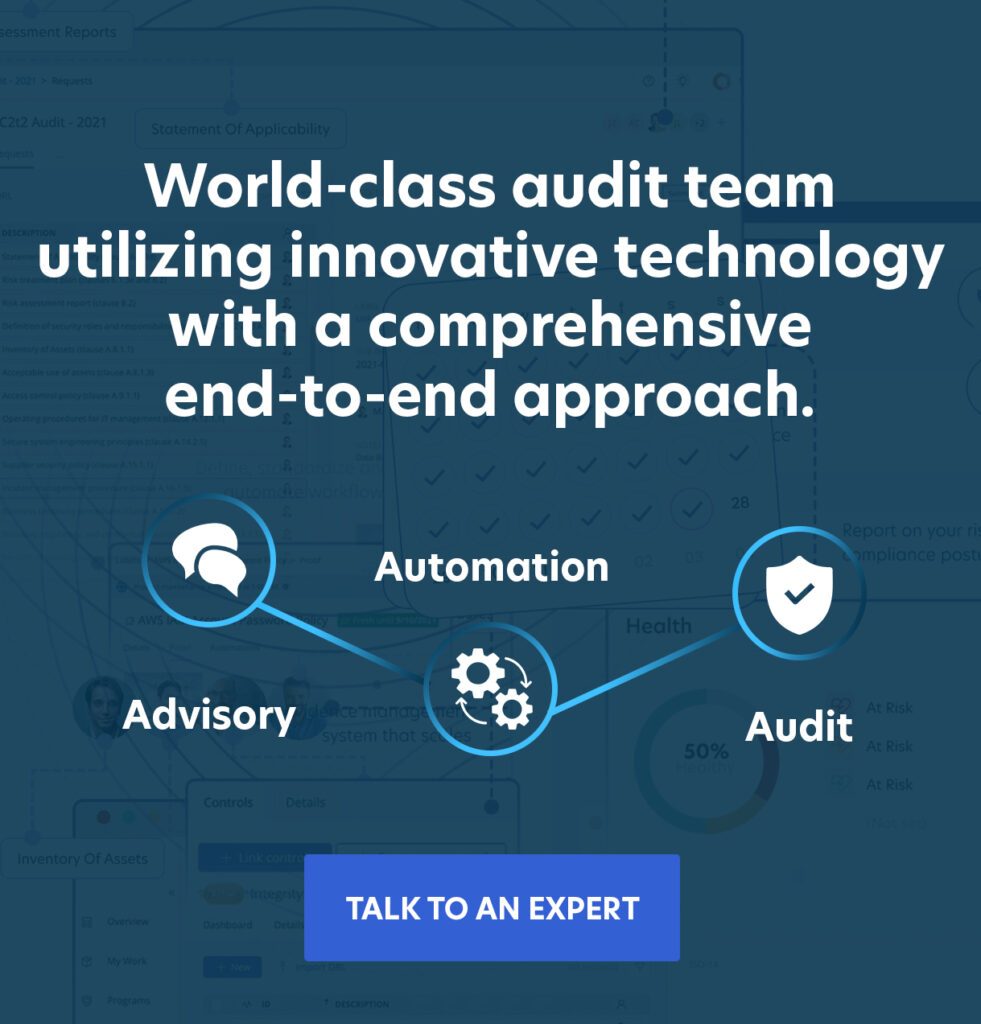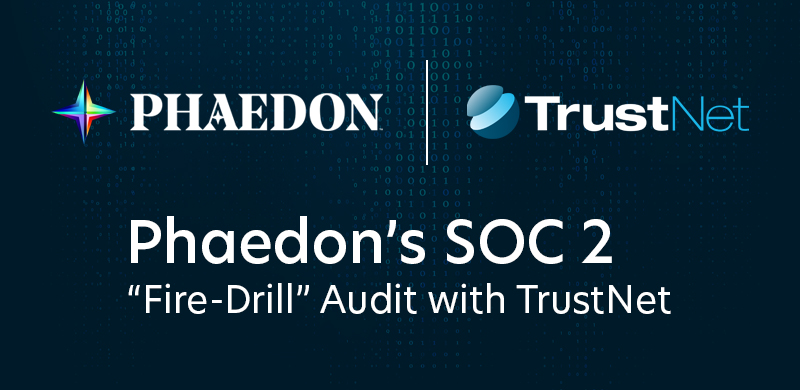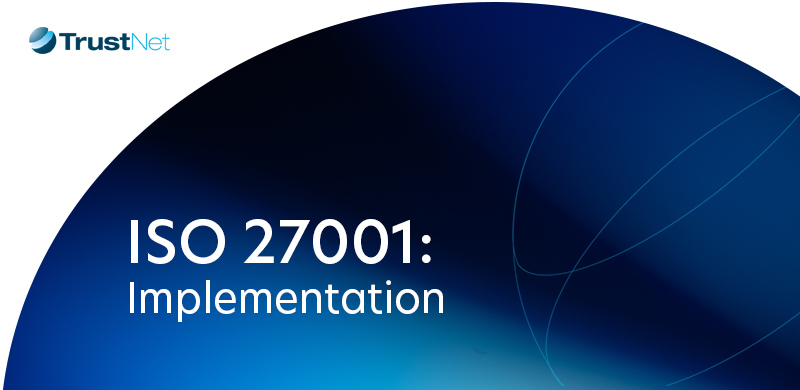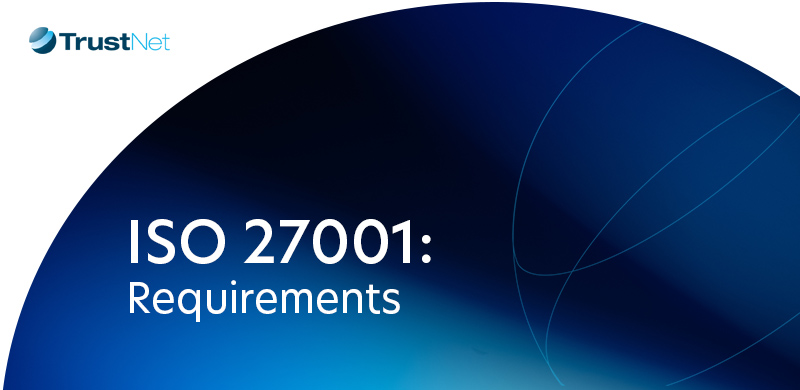FedRAMP Compliance: A Detailed Checklist for Cloud Service Providers
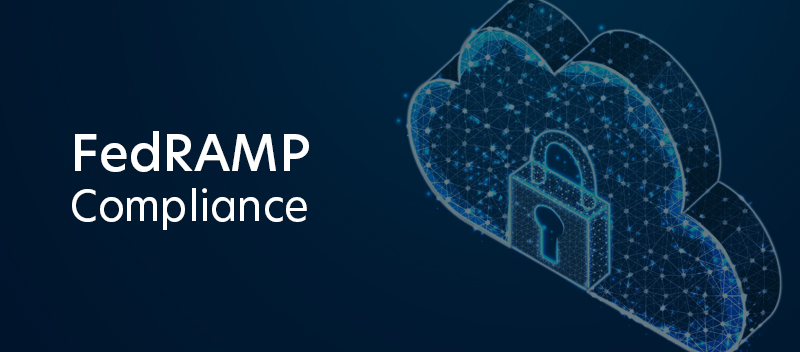
FedRAMP compliance is a key milestone for cloud service providers aiming to work with government agencies. But the process isn’t simple. FedRAMP requires that providers adhere to specific standards for risk management, monitoring, and cloud security.
To simplify your path to compliance, this guide offers:
-
- A detailed checklist of FedRAMP requirements
- Practical insights into the authorization process
- Best practices for maintaining compliance
Whether you’re starting out or renewing your authorization, this guide clears the path forward.
Understanding FedRAMP Requirements
Successfully navigating FedRAMP starts with understanding its core requirements. These include conducting a FIPS 199 assessment, implementing security controls based on impact levels, and meeting extensive documentation needs. Here’s a closer look at each:
1. FIPS 199 Assessment
The process begins with a FIPS 199 (Federal Information Processing Standards) assessment. This step helps categorize information systems based on their confidentiality, integrity, and availability.
Each system is rated as low, moderate, or high impact, depending on the potential damage a security breach could cause. This designation determines the level of security controls required.
2. Security Controls Based on Impact Levels
Once the system is categorized, it’s time to implement the necessary security controls. These controls outline safeguards for cloud providers. For example:
-
- Low-impact systems require fewer controls, focusing on basic data protection.
- Moderate-impact systems demand more robust measures to safeguard sensitive data.
- High-impact systems need the most stringent controls, as they handle highly confidential or critical information.
Understanding which controls apply to your system is crucial to avoid wasted time and effort.
3. Documentation Requirements
FedRAMP mandates detailed documentation of your security practices. This includes preparing a System Security Plan (SSP) outlining your implementation of security controls, as well as any supporting artifacts. Thorough documentation demonstrates compliance and readiness for the authorization process.
By clearly understanding these requirements upfront, cloud service providers can streamline their approach, avoid pitfalls, and set the foundation for successful FedRAMP authorization.
For more on our FedRAMP compliance services, Click Here
The FedRAMP Authorization Process
Cloud Service Providers (CSPs) pursuing FedRAMP authorization can follow one of two pathways, each designed to meet federal security standards. While the Agency Authorization focuses on tailored agency needs, the Joint Authorization Board (JAB) process allows broader government use. Both require navigating FedRAMP’s 4 phases and rigorous timelines.
Agency Process vs. JAB Process
– Agency Process
This route involves working with a federal agency to secure an Authority to Operate (ATO). It’s ideal for CSPs with a specific agency sponsor or niche requirements.
– JAB Process
Overseen by the DoD, GSA, and DHS, the JAB pathway issues a Provisional ATO (P-ATO) for systems with broader government appeal. It’s highly selective, accepting only about 12 CSPs annually.
Steps in Each Process
– Agency Process
- Partnership Establishment – Secure agency sponsorship and align on expectations.
- Authorization Planning and Security Package Development – Prepare key documentation like the System Security Plan (SSP).
- Assessment – Undergo a full review by a Third Party Assessment Organization (3PAO).
- Authorization and FedRAMP Compliance – Obtain agency ATO after risk analysis.
- Continuous Monitoring – Submit regular vulnerability scans and updates.
– JAB Process
- FedRAMP Connect – Compete for prioritization based on system impact.
- Readiness Assessment – Ensure baseline compliance with a 3PAO.
- Full Security Assessment – Conduct thorough testing of systems and controls.
- JAB Authorization Process – Receive a reusable P-ATO after JAB review.
- Continuous Monitoring – Maintain compliance with monthly submissions.
Timelines and Expectations
- Phase 1 (System Development): Varies; preparation with NIST 800-53 controls is critical.
- Phase 2 (Agency Sponsorship): Unpredictable due to agency-specific timelines.
- Phase 3 (Security Assessment): Typically spans 7–10 weeks.
- Phase 4 (Agency and PMO Review): Takes 2–6 months, depending on queue size and revisions.
FedRAMP Compliance Checklist
Successfully navigating FedRAMP compliance requires a structured and deliberate approach. Breaking the process into clear steps can help CSPs manage the complexities and stay on track. Here’s a checklist to guide you:
Initial Documentation Compilation
-
- Start by assembling all essential documents. Think of this as laying the groundwork for compliance.
- System Security Plan (SSP) – A comprehensive guide to your system’s security design and controls.
- System inventory – A detailed outline of hardware, software, and configurations.
- Support documentation – Policies, procedures, and diagrams that illustrate your environment.
The more accurate and complete your documentation, the fewer hurdles you’ll face during assessments.
Gap Analysis
Before moving forward, take the time to perform a gap analysis. This critical step identifies areas where your controls might fall short of FedRAMP standards.
-
- Analyze security controls and operational processes.
- Focus on areas like incident response plans and encryption standards.
- Bring in advisors or specialists to avoid missing key compliance requirements.
A thorough gap analysis lets you address issues now, saving costly delays down the line.
Security Assessment
Once gaps are closed, it’s time for a security assessment with a 3PAO. This is where your system is tested inside and out.
-
- Vulnerability scans and penetration testing will expose weaknesses.
- Control implementations are validated to ensure they meet FedRAMP’s requirements.
- Regular communication with the 3PAO can smooth this process and minimize surprises.
Plan of Action and Milestones (POA&M)
-
- After the assessment, map out fixes with a POA&M.
- Detail remediation steps for each issue uncovered.
- Assign responsibilities and set realistic deadlines.
Use the POA&M as a living document to track progress and continuously improve.
Following this checklist ensures a well-prepared and efficient path to FedRAMP compliance.
Best Practices for Achieving FedRAMP Authorization
Securing FedRAMP authorization is about building a reliable, secure cloud service offering. Following best practices can streamline your efforts and increase your chances of success. Here’s what to focus on:
Implement Strong Security Controls
Proactively aligning your system with NIST 800-53 controls is a critical first step. Strong security doesn’t happen by accident.
-
- Use encryption to protect sensitive data at rest and in transit.
- Implement multi-factor authentication (MFA) across your environment.
- Regularly review and update access control policies to minimize risks.
A defense-in-depth approach will not only meet FedRAMP requirements but also strengthen your overall cybersecurity posture.
Conduct Regular Internal Assessments
Waiting until an external review to check for issues can be costly. Routine internal assessments help you stay prepared.
-
- Audit your controls to ensure continued compliance with FedRAMP standards.
- Perform vulnerability scans to catch issues before they escalate.
- Test your incident response plans to ensure they’re effective and actionable.
Internal assessments reveal gaps early, giving you time to address them before formal evaluations begin.
Engage a 3PAO
When it comes time for your official review, partnering with an accredited 3PAO is non-negotiable.
-
- Select a 3PAO with a proven track record of successful FedRAMP assessments.
- Work closely with the 3PAO to understand their findings and resolve issues promptly.
- Collaborate throughout the process to maintain transparency and stay informed.
These best practices don’t just set you up for compliance; they build a cloud environment that inspires trust and reliability for federal agencies.
Common Challenges and How to Overcome Them
Recognizing common FedRAMP compliance challenges and knowing how to address them can save time, effort, and resources.
Resource Constraints
FedRAMP’s requirements are extensive and often demand more personnel, expertise, and funding than anticipated.
-
- Solution 1: Prioritize early budgeting for compliance to avoid unplanned expenses during the process.
- Solution 2: Leverage external FedRAMP consultants or managed service providers to fill gaps in expertise, freeing up internal resources to focus on core business operations.
Allocating resources strategically ensures smoother progress without straining your team.
Technical Complexities
Meeting the technical controls in NIST 800-53 can be overwhelming, especially for CSPs not embedded in federal environments.
Some controls require re-architecting systems to align with FedRAMP’s layered security approach.
Shortfalls in documentation can lead to time-consuming revisions.
-
- Solution: Invest in building a detailed roadmap early on with your IT and compliance teams to address technical requirements step by step.
Breaking down these demands into manageable tasks simplifies implementation and avoids costly errors.
Staying Up to Date with Evolving Requirements
FedRAMP standards evolve alongside technology and emerging threats. Falling behind can derail compliance efforts.
-
- Solution 1: Follow FedRAMP updates through their public documentation and regular communications.
- Solution 2: Assign team members to track changes and adjust your compliance strategy accordingly.
Securing Success with FedRAMP Compliance
FedRAMP compliance is about building a safe, reliable cloud environment for federal agencies, not just meeting lawful obligations. Cloud service providers may improve their systems and attain compliance through proactive problem-solving, adherence to best practices, and regular training. FedRAMP compliance increases credibility and provides beneficial chances for collaborations and long-term growth.
Ready to start your FedRAMP journey? Schedule a free FedRAMP consultation with our experts today.
Subscribe to the TrustNet Newsletter
actionable cybersecurity strategies, and TrustNet’s cutting-edge solutions.

